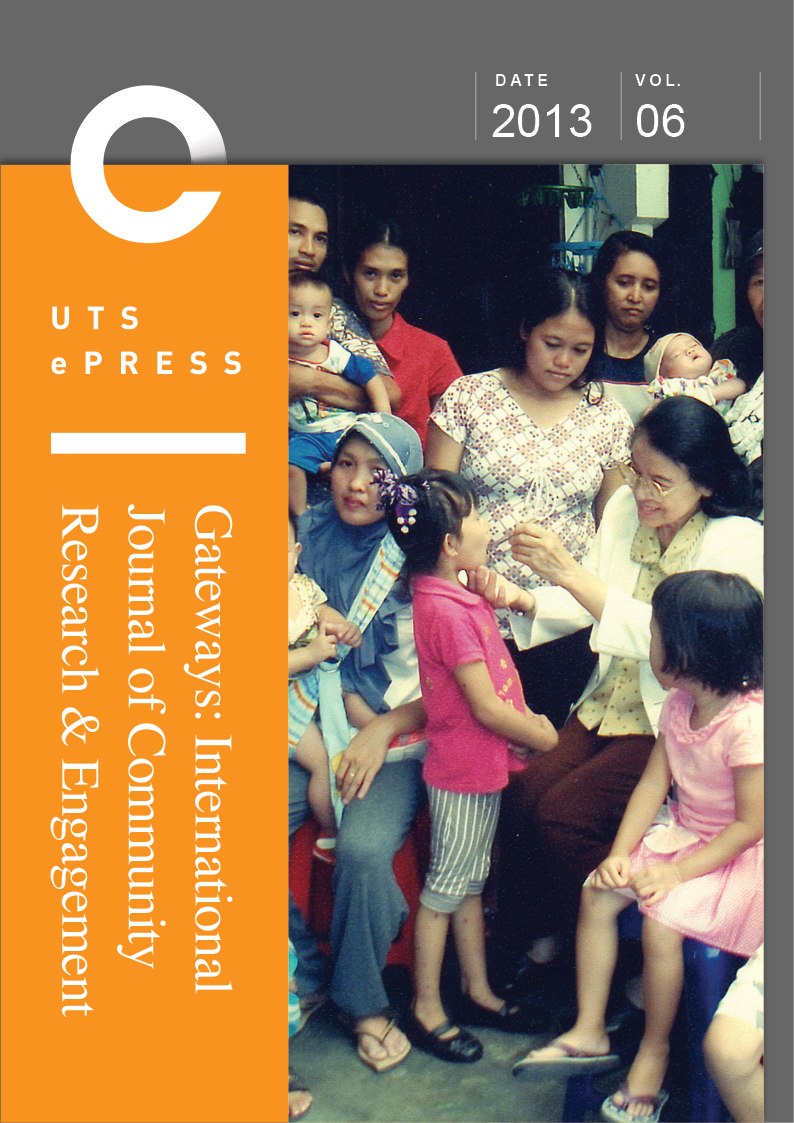Community monitoring: A strategy to watch out for
Main Article Content
Abstract
This article explores the development and use of community-based monitoring (CBM), which involves drawing in, activating, motivating and capacity building so that the community and its representatives can directly give feedback about the functioning of public health services, including input to improving planning of those services. The focus of this monitoring process is mainly on ‘fact finding’ and ‘learning lessons for improvement' rather than on ‘fault finding’. This article describes the objectives and stages of CBM and also discusses its current status and challenges. The most important reasons for the success of CBM are strong civil society engagement, the involvement of public health personnel as well as the community as principal stakeholders, adequate geographic representation and the crucial role played by the Monitoring and Planning Committees.
Community-based monitoring of health services is a key strategy of the NRHM to ensure that services reach those for whom they are intended. This framework is consistent with the ‘Right to Health Care’ approach since it places health rights of the community at the centre of the process. It also seeks to address gaps in the implementation of various programs, thereby enhancing transparency down to the grassroots level.
Keywords: Community, community mobilisation, community monitoring, community ownership and participation in management, health care, public health
Article Details

This work is licensed under a Creative Commons Attribution 4.0 International License.
Authors who submit articles to this journal from 31st March 2014 for publication, agree to the following terms:
a) Authors retain copyright and grant the journal right of first publication with the work simultaneously licensed under a Creative Commons Attribution License that allows others to share and adapt the work with an acknowledgement of the work's authorship and initial publication in this journal.
b) Authors are able to enter into separate, additional contractual arrangements for the non-exclusive distribution of the journal's published version of the work (e.g., post it to an institutional repository or publish it in a book), with an acknowledgement of its initial publication in this journal.
c) Authors are permitted and encouraged to post their work online (e.g., in institutional repositories or on their website) prior to and during the submission process, as it can lead to productive exchanges, as well as earlier and greater citation of published work (See The Open Access Citation Advantage Service). Where authors include such a work in an institutional repository or on their website (ie. a copy of a work which has been published in a UTS ePRESS journal, or a pre-print or post-print version of that work), we request that they include a statement that acknowledges the UTS ePRESS publication including the name of the journal, the volume number and a web-link to the journal item.
d) Authors should be aware that the Creative Commons Attribution (CC-BY) License permits readers to share (copy and redistribute the work in any medium or format) and adapt (remix, transform, and build upon the work) for any purpose, even commercially, provided they also give appropriate credit to the work, provide a link to the license, and indicate if changes were made. They may do these things in any reasonable manner, but not in any way that suggests you or your publisher endorses their use.
For Volume 6 (2013) and before, the following copyright applied:
Articles published by UTSePress are protected by copyright which is retained by the authors who assert their moral rights. Authors control translation and reproduction rights to their works published by UTSePress. UTSePress publications are copyright and all rights are reserved worldwide. Downloads of specific portions of them are permitted for personal use only, not for commercial use or resale. Permissions to reprint or use any materials should be directed to UTSePress.
